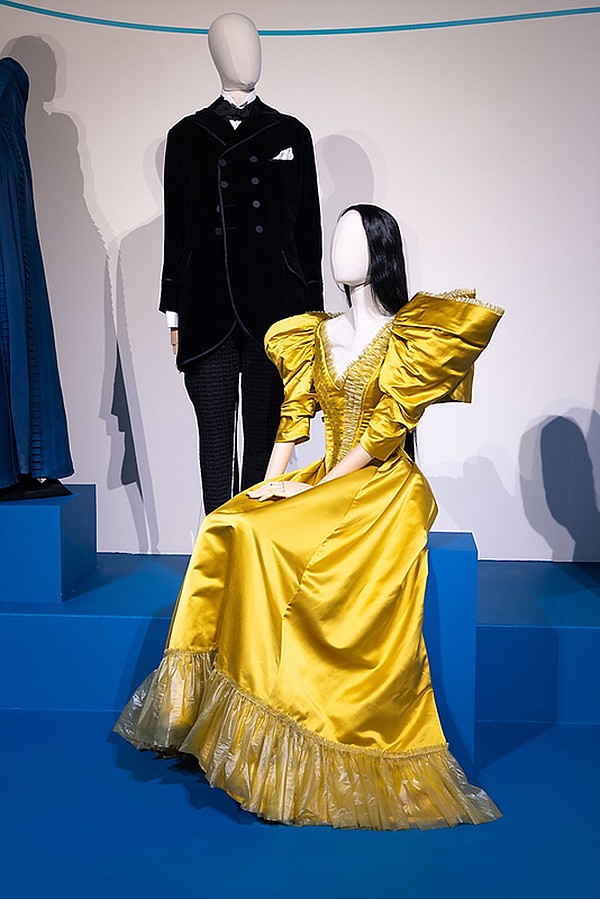LIGHTS, CAMERA, COSTUMES
Lights, Camera, Costumes at ASU FIDM Museum Exhibit
Just in time for the Academy Awards on March 10, brilliantly detailed costumes are on display at the annual ASU FIDM Museum “Art of Costume Design in Film” exhibit, which opened March 5 and is running through April 20. Included are Best Costume Design nominees “Barbie,” “Killers of the Flower Moon” “Napoleon,” “Oppenheimer” and “Poor Things.”
“Costume design is such a huge part in filmmaking, and it’s so great to be able to highlight it here,” said ASU FIDM Museum’s Christina Frank, who curated the exhibition. “They are shining examples of how designers use their knowledge, craftsmanship and creativity to effectively express character through clothing.”
The exhibit includes interactive workshops, designer spotlights and live talks with renowned costume designers as they share insights into their creative processes from new perspectives to barbenheimer.
Janty Yates and David Crossman (“Napoleon”) and Jacqueline West (“Killers of the Flower Moon”) did extensive research to bring authenticity to the characters. In preparation for her work on “Oppenheimer,” Ellen Mirojnick researched 1940s men’s suits at the ASU FIDM Museum archives.
Jacqueline Durran (“Barbie”) studied the Mattel archives to fully understand the wardrobe of a doll with over 60 years of history, adding her own spin for a 1960s Italian-resort look. Durran’s inspiration for the Ken look was an early photo of Sylvester Stallone wearing a fur coat.
Designer Francine Jamison-Tanchuck revisited Alice Walker’s classic, “The Color Purple,” years after having worked on the original 1985 feature film.
Holly Waddington’s imaginative designs for “Poor Things” demonstrate the direct correlation between fashion and film with voluminous sleeves that reference 1890s fashion. Designers such as Daniel Roseberry at Schiaparelli, Thom Browne, the Rodarte sisters and Demna at Balenciaga have followed suit, showing dramatic shoulder styles in their collections and solidifying 2023 as the year of the power sleeve.
Sophie Canale (“Saltburn”) furthered early-aughts fashion trends while Charlese Antoinette Jones (“Air”) captured 1980s style in Portland, Ore., the birthplace of the ubiquitous Nike Air Jordan. Stacy Battat showed that fashion can create and manipulate identity in her 1960s- and ’70s-era costumes for “Priscilla.”
“Having these costumes here connects to what the students are really interested in and what they’re studying and learning at ASU FIDM,” said Dennita Sewell, director of ASU FIDM and the ASU FIDM Museum.






















